

Two years after the release of Disney Epic Mickey, Disney Interactive and Warren Spector’s Junction Point development studio are back with Disney Epic Mickey 2: The Power of Two. This time around, everybody’s favorite cartoon mouse teams up with Oswald the Lucky Rabbit and, unlike the first game, the new adventure is not limited to Nintendo’s Wii. Does Disney Epic Mickey 2: The Power of Two build on the strengths of the first outing while addressing that game’s shortcomings? Read on for our full review.
On paper, Disney Epic Mickey 2: The Power of Two looks to be a significant improvement over the original Epic Mickey, particularly for players on PS3, Xbox 360 and Wii U, who get the benefit of HD graphics. Certainly, there are things to commend about the 2010 original – particularly its dedication to providing multiple solutions to most problems, a design philosophy the sequel shares – but that game had a spate of shortcomings: an overly long and painfully simple first act, tricky Wii Remote and Nunchuck controls, slippery platforming and an atrocious camera (read our review). In a game focused on one of the most iconic characters in the history of American popular culture, that character couldn’t speak a word of dialog.
In Epic Mickey 2, Mickey speaks. As does Oswald, for the very first time – his voice provided by veteran voice actor Frank Welker (Fred from Scooby-Doo, Megatron from the Transformers cartoon, Nibbler on Futurama). More than that, some characters actually sing. The Mad Doctor, rehabilitated from his villainous role in the first game (or is he?), breaks into song practically every time he opens his mouth. Like so much of Epic Mickey 2, the voice acting should be an improvement over the original, but it doesn’t always turn out that way. Repetitive dialog quickly becomes grating, particularly from Oswald (“This one’s mine!”) and Gremlin Gus, who returns from the first game to help players find the path forward.
Epic Mickey 2’s visuals do benefit from the jump to more powerful hardware. Texture and environmental detail is much greater, and the color pallet is generally less dingy than in the first game, but again, it’s a qualified improvement. Epic Mickey 2’s frame-rate is all over the place and often slows to a stuttery mess, especially in two-player split-screen and during boss battles. In those instances, the game’s already slow pace turns positively sluggish. Throughout, the experience is markedly less fluid than it was the last time around.
The transition from Wii Remote and Nunchuck to a dual analog set-up is also problematic. Epic Mickey 2 controls like a third-person shooter, with the left stick moving Mickey and the right controlling a targeting reticle for Mickey’s magical paint brush. The major problem is that Mickey often doesn’t actually hit the object or enemy he is targeting. As in the first game, enemies in Epic Mickey 2 can be converted to allies with paint or destroyed with thinner, but hitting them with either is uncomfortably haphazard, and the reticle is both too twitchy and too slow for the onscreen action.
On Wii U, player two controls Oswald with the Wii Remote/Nunchuck combo, which flat-out works better for Epic Mickey 2 – it’s faster and more precise than dual analog control. Unfortunately, control of Mickey is restricted to the GamePad (much to the consternation of commenters on Miiverse), the unique features of which are all but ignored by Heavy Iron, developers of Epic Mickey 2 on Wii U. The GamePad’s touchscreen is home to a marginally useful map, but that’s about the extent of it. Unlike New Super Mario Bros. U (or, for that matter Call of Duty: Black Ops 2), Epic Mickey 2 cannot even be played on the GamePad’s screen.
On the upside, platforming is much stronger than in the first Epic Mickey – jumping controls are much tighter, and it’s far easier to predict where a jump will land. Then there’s that notorious camera. Though it falls short of achieving Spector’s goal that players “will not have to touch the manual camera controls even once to play through the main story path of this game,” Epic Mickey 2’s camera is perfectly adequate, which is a vast improvement over the last game.
Whether players go it alone or bring along a friend for some co-op, Mickey and Oswald are always together. As previously mentioned, split-screen co-op often has a clearly negative affect on the game’s frame-rate, but that’s not its only problem. Coordinated maneuvers are difficult to pull off with two players. Mickey, for instance, can throw Oswald high into the air and jump up to catch a ride while Oswald glides over wide chasms – it’s a cinch in single-player, but a chore in co-op. Perhaps that’s why its not called for that often in the game. The reduced field of vision that comes with a split-screen doesn’t help with level navigation or enemy encounters, either. The major benefit of co-op is that, so long as one member of the team remains “alive,” players won’t lose any progress in a level (or boss encounter) if the other dies.
Oswald as an AI counterpart is no better, though he presents different challenges to the player: he’s not much help in most combat situations and regularly falls behind while Mickey explores a level. Even worse, despite having the ability to “resurrect” Mickey should the mouse die, AI Oswald rarely does – usually because he can’t properly navigate the game’s world to reach Mickey in time. This really becomes annoying during Epic Mickey 2’s dreadful boss battles.
It’s not that Epic Mickey 2’s boss encounters are excessively taxing – they aren’t, and players who are unsure how to proceed can always count on a constant stream of specific instructions from Gremlin Gus. The problem is that the game does an especially poor job of communicating whether or not players are making any progress. Bosses have no onscreen life bar, and it’s often impossible to tell just by looking at them whether players are doing any damage. As a result, boss encounters (particularly a mid-game battle against a turret) drag on and on, then suddenly and unexpectedly end – offering no real sense of exhilaration or accomplishment to the player.
The same can be said about the game’s campaign. Despite a wealth of side quests to discover and undertake, Epic Mickey 2 largely keeps players focused on the critical path, and while the game’s story is told clearly enough, it simply arrives at its ending rather than building towards it. I’d made it half-way through my battle with Epic Mickey 2’s final boss before I realized that I’d reached the end of the game, and it was only the length of the encounter that gave it away. Anticlimactic? Completely.
Flawed though it may have been, Disney Epic Mickey was a special game that showed real potential. The same can not be said about The Power of Two. Yes, it addresses many of the first game’s shortcomings, but Epic Mickey 2 introduces a new set of problems all its own, and completely fails to find a good use for the Wii U’s GamePad. Powerfully disappointing.
Epic Mickey 2: The Power of Two is available now for Wii U, Wii, PS3 and Xbox 360. Game Rant reviewed the Wii U version of the game.
–
Follow me on Twitter @HakenGaken.

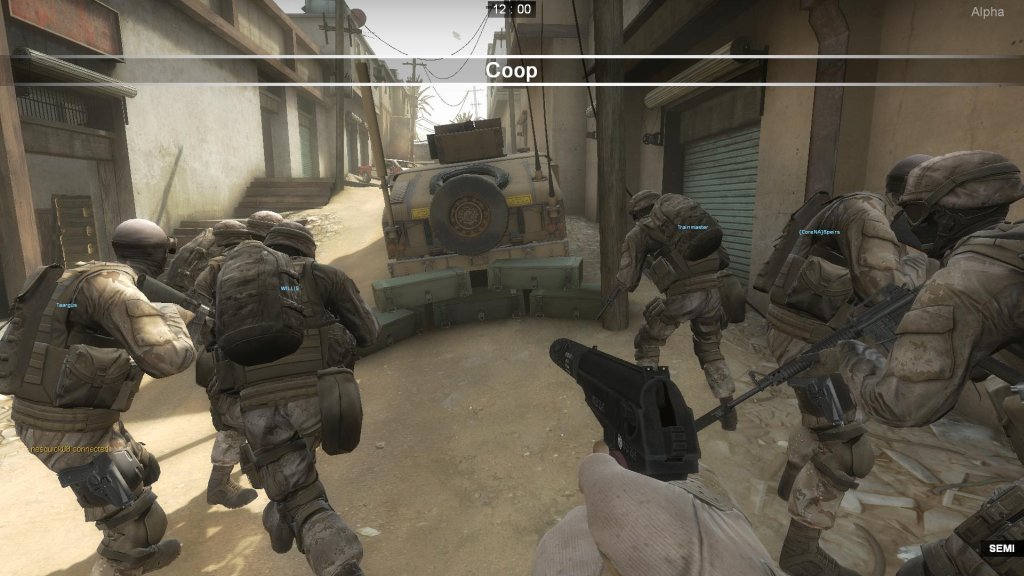
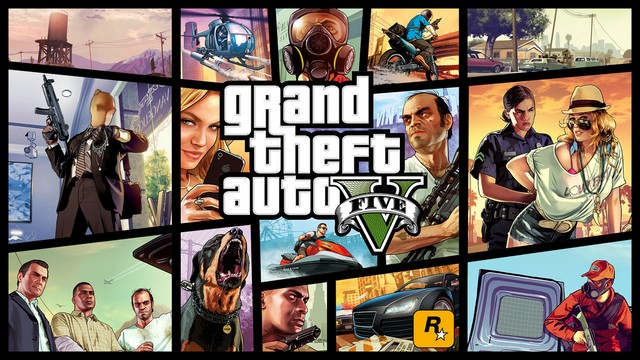
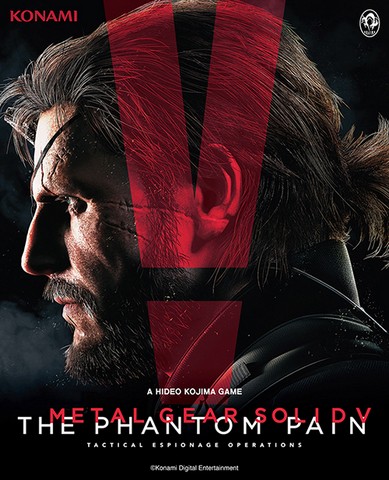
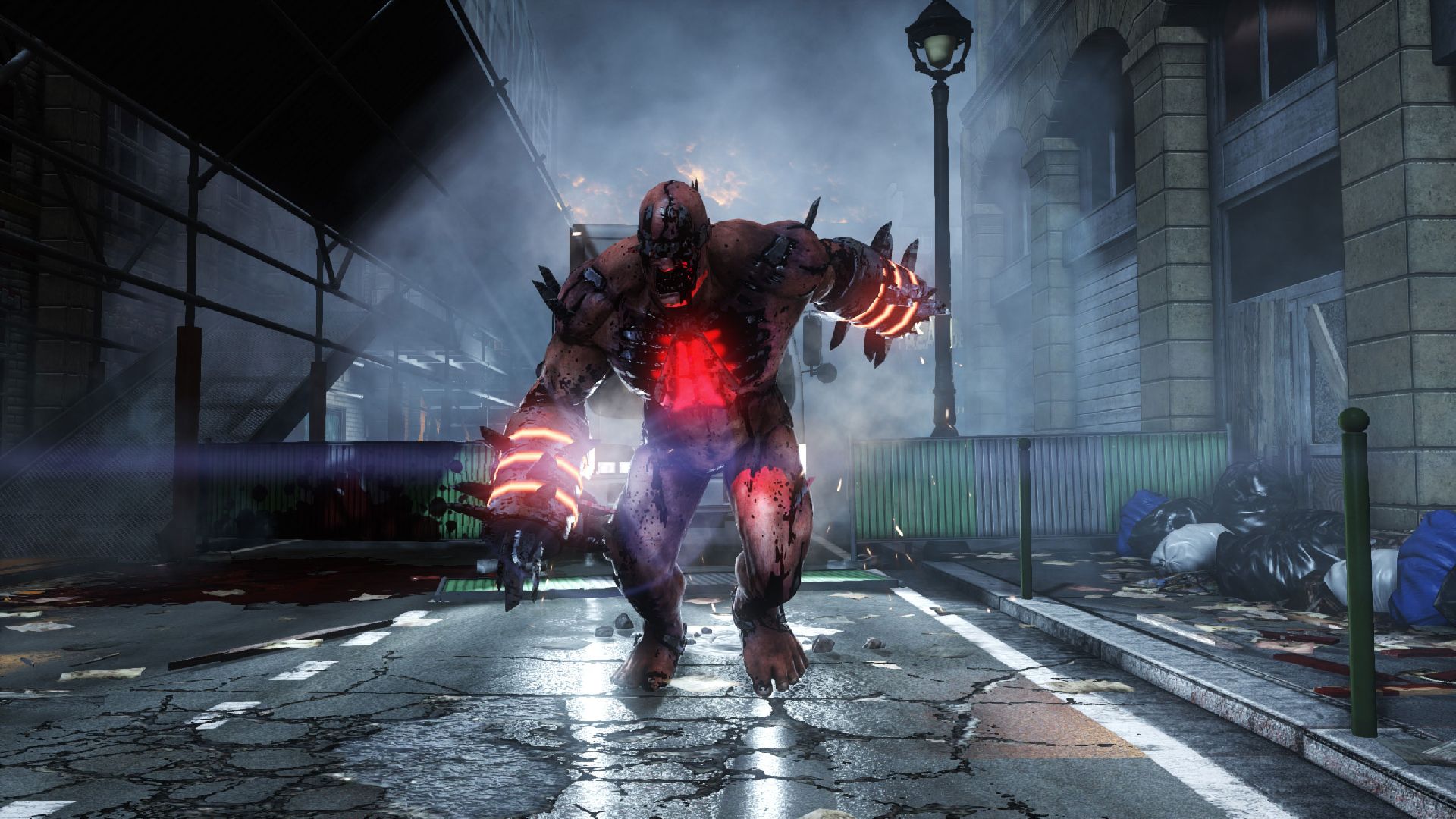 Killing Floor 2 Firebug Survival Tips
Killing Floor 2 Firebug Survival Tips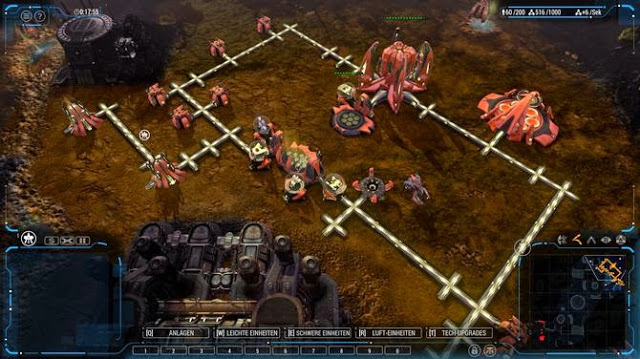 Grey Goo (PC) General Faction Strategy Tips
Grey Goo (PC) General Faction Strategy Tips Lego Jurassic World Wiki – Everything you need to know about the game .
Lego Jurassic World Wiki – Everything you need to know about the game .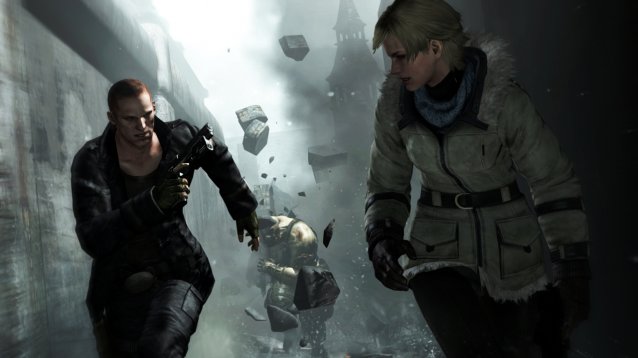 Resident Evil 6 Glitches and Hitches
Resident Evil 6 Glitches and Hitches How to Read WhatsApp Messages Without Alerting the Sender
How to Read WhatsApp Messages Without Alerting the Sender